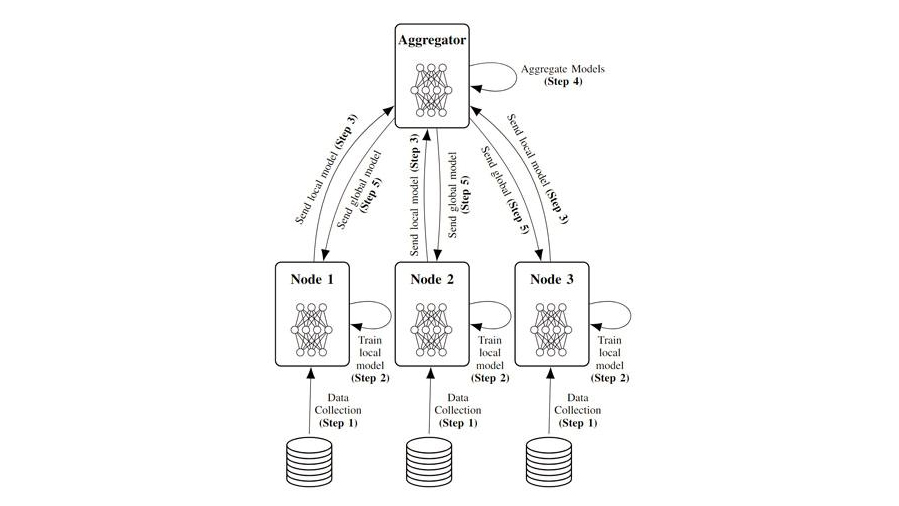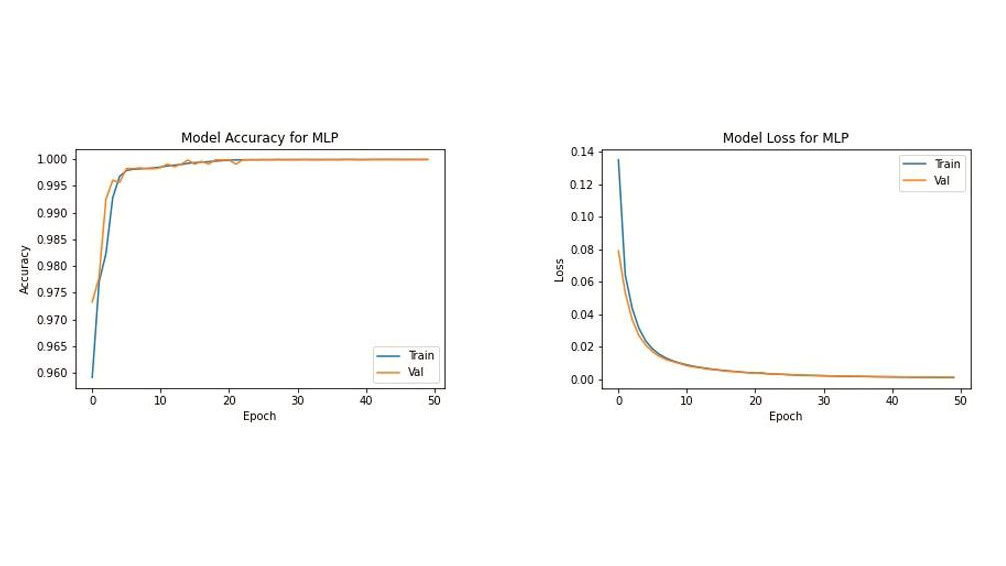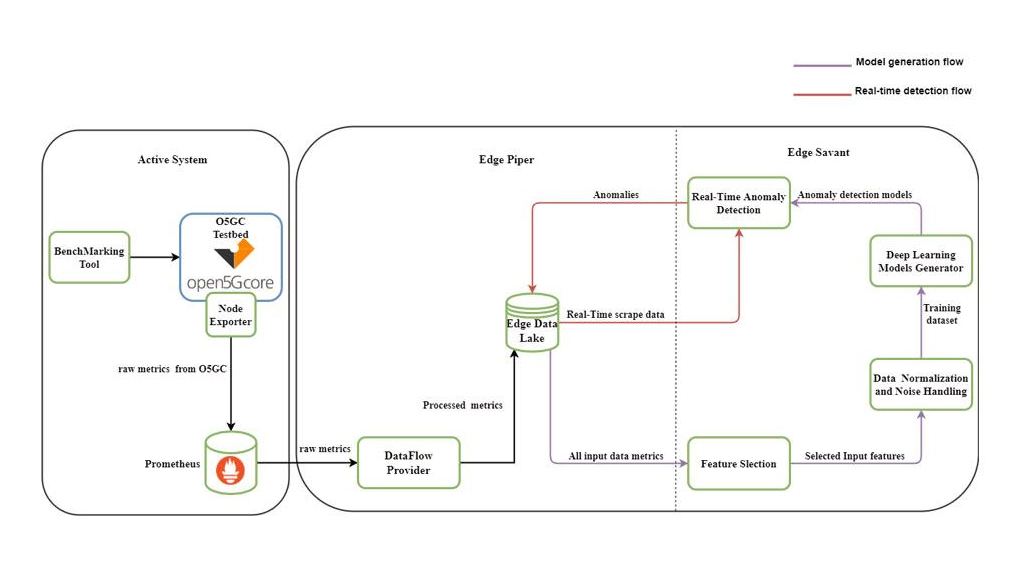Intent-based Networking
The motivation of the IBN Savant (IBNS) module is to decrease the control surface exposed to the user by introducing a combination of autonomy and automation. With this approach, the user is alleviated from the requirement of having domain knowledge or area expertise. With AI/ML IBNS is trained to address a goal in the form of a machine-readable intent into tractable network actions. Following the TM FORUM IG1253 set of standards, intents are processed through hierarchically arranged Intent Management Function (IMF). Furthermore, the research under IBNS focuses on applying organic networking concepts to incorporate higher abstraction in the form of intents and a flexible control interface promoting self-organization of infrastructure elements.
Federated Learning
Federated learning is changing the way machine learning interacts with the network. Even though federated learning addresses privacy by not sharing raw data, it still depends on a proper network infrastructure. Because the network characteristics have a significant impact on the training duration, the construction of federation of user devices and enabling of convergence of federated learning requires reliable, real-time and secure data exchanges. As a result, the data exchanges at the application level across heterogeneous access networks need a new perspective in which the system measures the communication of data and adapts appropriately to a specific environment.
With NEMI, we combine the research on federated learning with the one on reliable data exchange, by proposing and evaluating network extensions. They involve the addition of a data substrate to the end-to-end communication that acts as a middleware for an access network with specific characteristics. NEMI enables the acquisition of real-time performance statistics to create a self-adaptive solution for the federated learning. We have validated the prototype using remote maintenance use case involving federated learning as a reference, thus anchoring the obtained results into the requirements of a real-world use case. This work creates the foundation for a comprehensive and highly adaptive data substrate within the network that addresses the communication needs and improves the network for federated learning.

ML-based Anomaly Detection
With the expeditious growth and increasing complexity of 5G network infrastructure, identifying the behavior of 5G network’s core functional modules and their operations is getting increasingly strategic to enforce an adequate degree of Quality of Service (QoS). Existing network monitoring and management tools and techniques approach the issue of QoS from a data plane perspective and do not consider the core modules and core network operations. The thesis addresses this significant research gap and tries to analyze and identify the anomalies in the core metrics generated by Network Function (NF) modules such as AMF, AUSF, and UDM during the User Equipment (UEs) registration process.
We collect the CPU and memory metrics from these core 5G modules during the registration processes to identify the stress-anomalous behavior of these Network Functions (NFs) using Deep Learning algorithms.
The Deep Learning algorithm applies neuron-like structures for learning, mimicking the human neural system, and has changed the strategy of learning a task and automating it. It is only relevant that this method should be investigated and harnessed for the behavioral analysis of core networking modules of the 5G core. The required datasets for the experiments are collected from a simulated environment keeping Open 5G Core (O5GC) as the 5G network core, and the Benchmarking tool associated with O5GC simulates registration operations of UEs. The approach is to view the problem as a binary classification where the Deep Learning model identifies the anomalous behavior of the core network during the UE registration process using core metrics.
The research engages a discriminative approach to learning the distinction between the normal and stressed anomalous data after observing O5GC core behavior. The thesis employs a supervised learning approach that allows the detection of anomalies in the core network. Convolutional neural network (CNN) model Multi-Layer Perceptron (MLP) and to predict the anomalies in the dataset.


